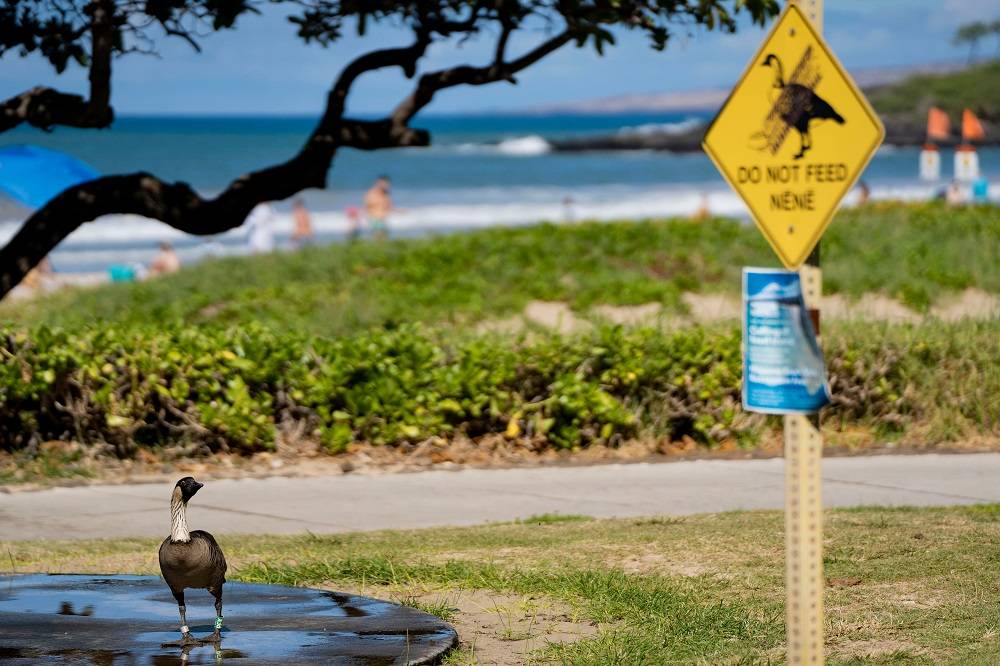Pilgrims arriving in Saudi Arabia for this year’s Hajj season will benefit from a well-organized transportation system. The system ensures pilgrims safe and comfortable travel between Makkah and Medina, enhancing their spiritual journey.
In the past, pilgrims traveled between Makkah and Madinah on camelback, a journey that took almost 10 days. Now, with cars and buses, it’s down to about 6 hours.
But with the “Haramain High Speed Railway,” pilgrims can make the trip in just 135 minutes.
Once on board, pilgrims have everything they need for a comfortable journey, allowing them to focus on their worship and prayers. The railway project, one of the largest in the Middle East, is providing around 1.6 million seats on 3,800 trips for pilgrims and visitors this Hajj season.
The train stations in Makkah and Madinah are conveniently located near the holy sites.
With a capacity for 60 million passengers a year and speeds of up to 300 kilometers per hour, the railway meets the increasing demand for transportation services.
At the train stations in the al-Sulaymaniyah district and King Abdulaziz International Airport in Jeddah, Asharq Al-Awsat observed smooth passenger traffic. Local staff warmly welcomed the pilgrims, assisting them with inquiries and guiding them to departure lounges while informing them of train schedules.
Passenger journeys start with quick procedures, checking reservations and luggage allowances. Passengers then move to the departure lounge and to their seats, which are comfortable with individual screens.
The train provides services for business class and support for passengers with special needs.
Operations run with 35 electric trains, each carrying up to 417 passengers. These trains have 13 carriages, five for business class and eight for economy, all equipped with food vending carts.
Many travelers praised the top-notch care they received upon arriving in Saudi Arabia, highlighting the Haramain High Speed Railway.
The pilgrims appreciated the “excellent and outstanding” services that made traveling between the two holy cities easier.
E-services let travelers book early, check schedules, and choose departure stations.
The smooth running of train journeys and punctual schedules across different stations show how well the teams manage the numerous daily trips along the electric railway track.
Stations are located in Makkah, Madinah, al-Sulaymaniyah district, King Abdulaziz International Airport in Jeddah, and King Abdullah Economic City station in the Rabigh governorate.
The stations’ architectural design is inspired by the landmarks of Makkah and Madinah, reflecting their Islamic and unique architectural styles. The stations offer various traveler services like parking, e-booking, ticket counters, and assistance desks.
The station at King Abdulaziz International Airport is the world’s largest airport-connected train station, covering over 105,000 square meters with multiple floors and six platforms, making it easy for travelers heading to Makkah or Madinah.
Since its launch in 2018, the Haramain High Speed Railway’s success has made booking, scheduling, and travel between the holy sites easier for a growing number of passengers.
Built with high-quality standards and safety features, the train plays a crucial role in Saudi Arabia’s railway network development and expansion plan.










